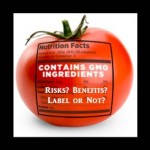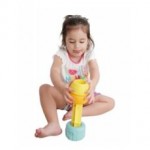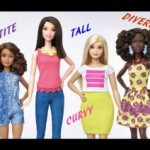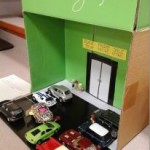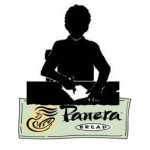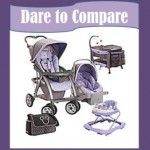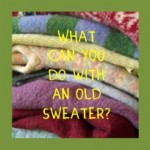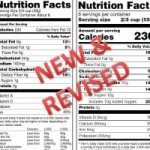
You are you probably aware that the nutrition facts label has been updated, but do you think your students are aware of the changes made? My guess is that most students will have no idea that the nutrition facts labels have changed or why. So, with that mindset I put together some activities to not only show students the differences between the old and new labels, but to have them put themselves in the driver’s seat and create their own updated version of a nutrition facts label first. This gives them an idea, as a team, how to approach a problem, critically discuss possible changes based on what they know and then come up with a final revision. Finally, they will explore why actual changes were made to the current nutrition facts food labels.


